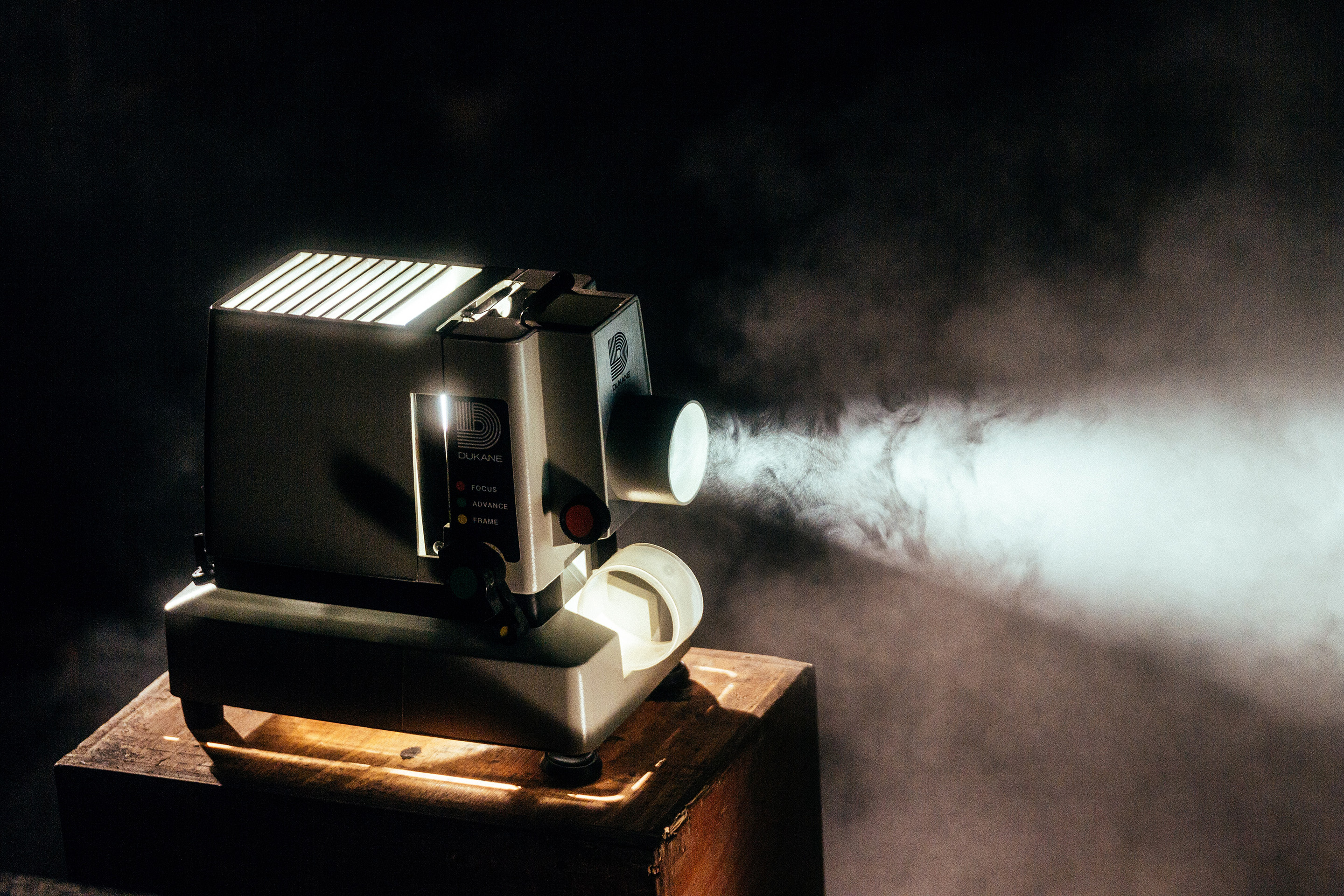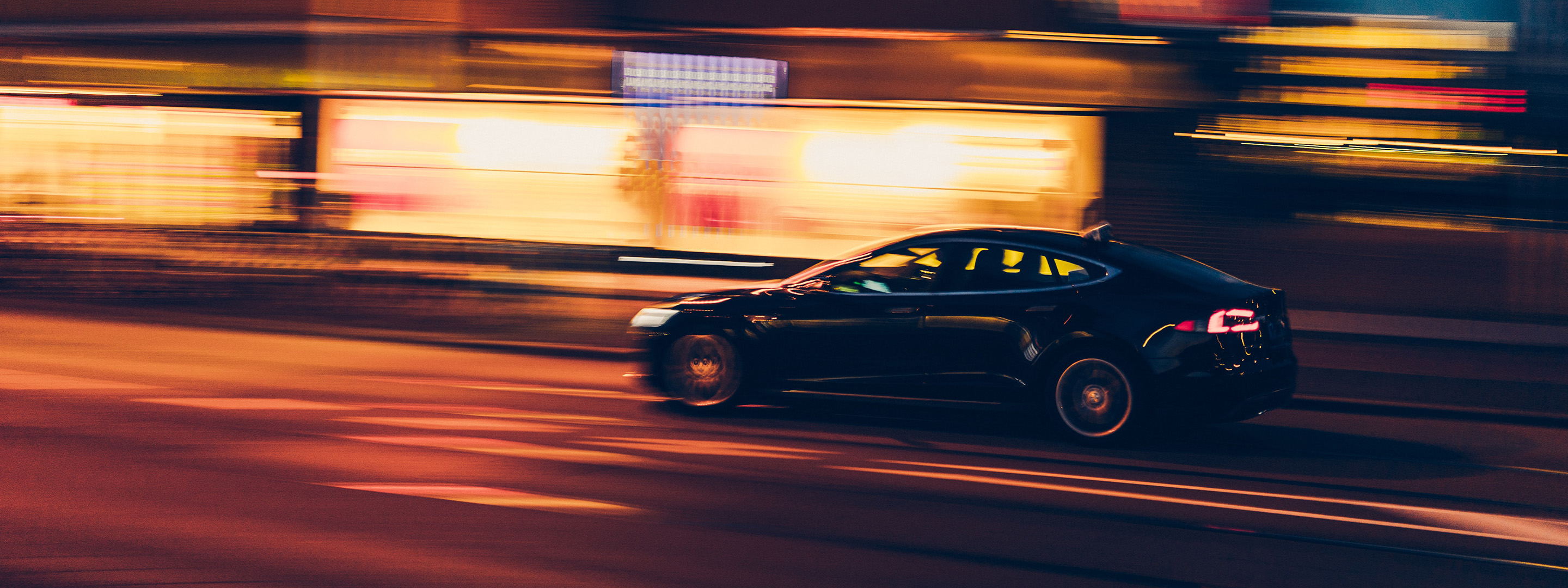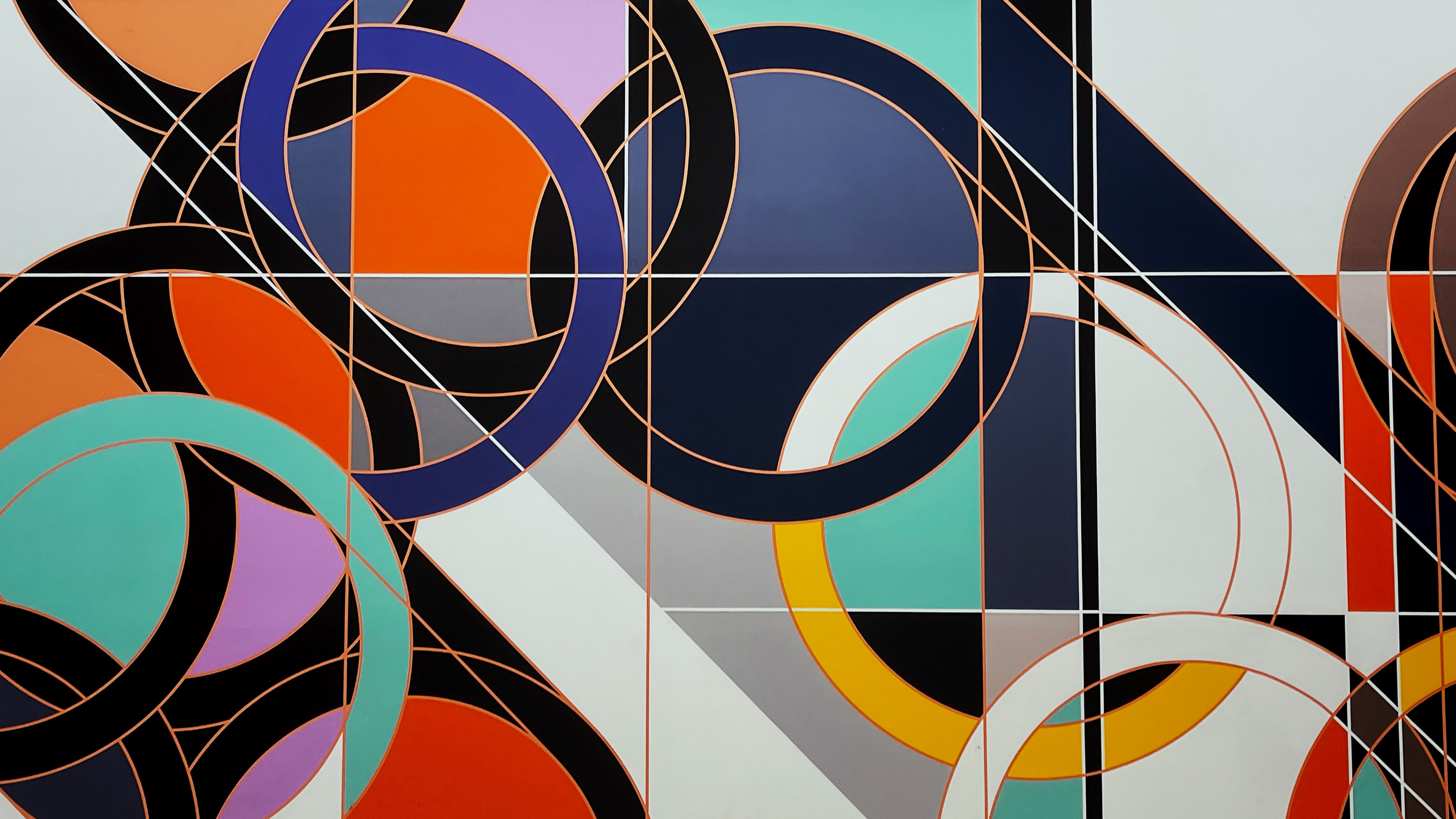
Sound Design: The Art of Storytelling through Sound, from Cinema to Advertising
How can sound design bridge the gap between the virtual world and the real audience?
We previously discussed Sound Branding and Music Branding on our blog. Now, let’s dive into sound design and explore how the art of sound composition creates sonic experiences, tells stories, and carry emotions in cinema, games, the Metaverse, other virtual environments and even brand management. But first, let’s understand what sound design is.
What is Sound Design?
Sound design is the creation of sound effects that collectively compose the auditory scene. These sounds can be produced, acquired from pre-existing libraries, or captured from the environments we live in, and then applied to different media to bring images to life.
During the early days of cinema, audio resources were not available. The equipment was only capable of capturing images. Consequently, every movie theater had a pianist, a band, and sometimes even an orchestra to accompany the film.

Fortunately, we have evolved, and today we can perform sonic magic that affects the audience and enhances the overall production. Remember the silent films? Now, imagine a sound artist watching those images and soundscaping every scene. That’s how it happens. Nowadays, we refer to videos and films as audiovisual productions because audio accounts for 50% of the work.
The first “appearance” of sound design came in the 20th century with the release of the first talking film, “The Jazz Singer” by Alan Crosland (1927). However, it wasn’t until over half a century later, when film editor Walter Murch coined the term in the credits of “Apocalypse Now” (1979), that it received its official name.
Since then, sound design has transformed into a realm of infinite possibilities, driven by numerous technological advancements and applied across different media. However, its purpose remains the same to this day: to evoke emotions and create narratives through the sonic experience.
In cinema, for example, sound design is a vital resource mixed for 5.1 theater systems. This means that five different and simultaneous sounds can be positioned through speakers scattered around the room, giving the audience the sensation of being inside the story.
Sound design can indicate specific actions, such as the sound of a lightsaber igniting in Star Wars, the flapping of the fins in “The Little Mermaid” creating bubbles underwater, or the creaking of a floor announcing the arrival of a visitor in most horror and suspense films.
Sound design also plays a role in signaling functionalities in apps, machinery, electric vehicles, airplanes, and trains. Sounds are everywhere, blending into the soundscapes of places, helping us navigate both virtual and physical environments. The sound of rain, birds, nature, and even the sounds we ourselves produce are examples of everyday sound design.

Sound Design na publicidade
Today, Sound Design is an indispensable part of cinema, games (for instance, when a character jumps, dives, or dies), the virtual world (with the help of artificial intelligence), and also in advertising. In marketing, sound design guides the user’s auditory experience (Sound UX) at physical or digital touchpoints with a specific brand, store, or company.
In the case of MetrôRio, for example, the boarding platforms are filled with the ambiance of birdsongs, the approaching train’s sound and horn, the opening and closing sounds of doors, as well as educational and attention messages. Our creation was designed to characterize the Rio subway system with elements found in the local culture and soundscape of the city.
Thus, we transform an environment that may initially seem cold, impersonal, and mechanical into a warm space that brings customers closer to the physical space, the service, and consequently, the brand.
Sound design offers us endless possibilities, and there is still much to be explored. Are you interested in this subject? Do you want to learn more about how this tool can be used? Then feel free to send us a message.

Next article
Creative Mode: How to Keep the Flame of Creation Burning?
Explore the essence of creativity and learn to cultivate inspiration. Dive into self-discovery and free your artistic potential.
Read more